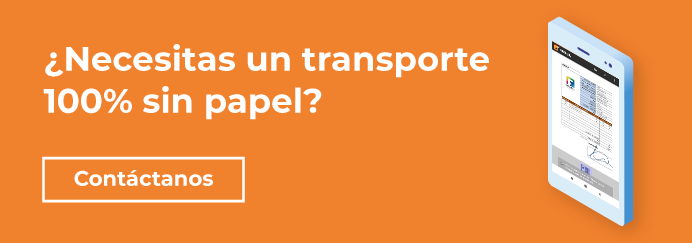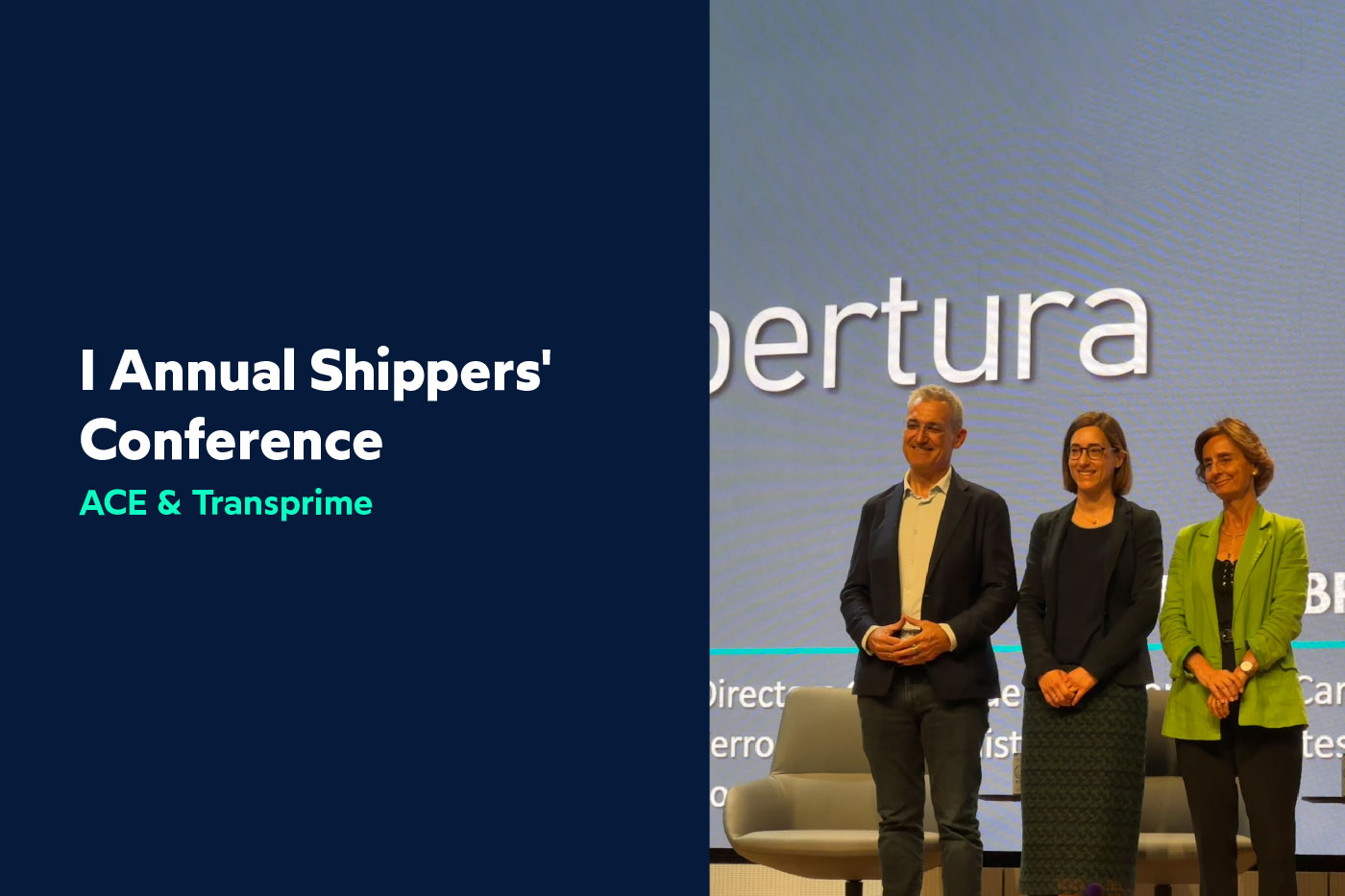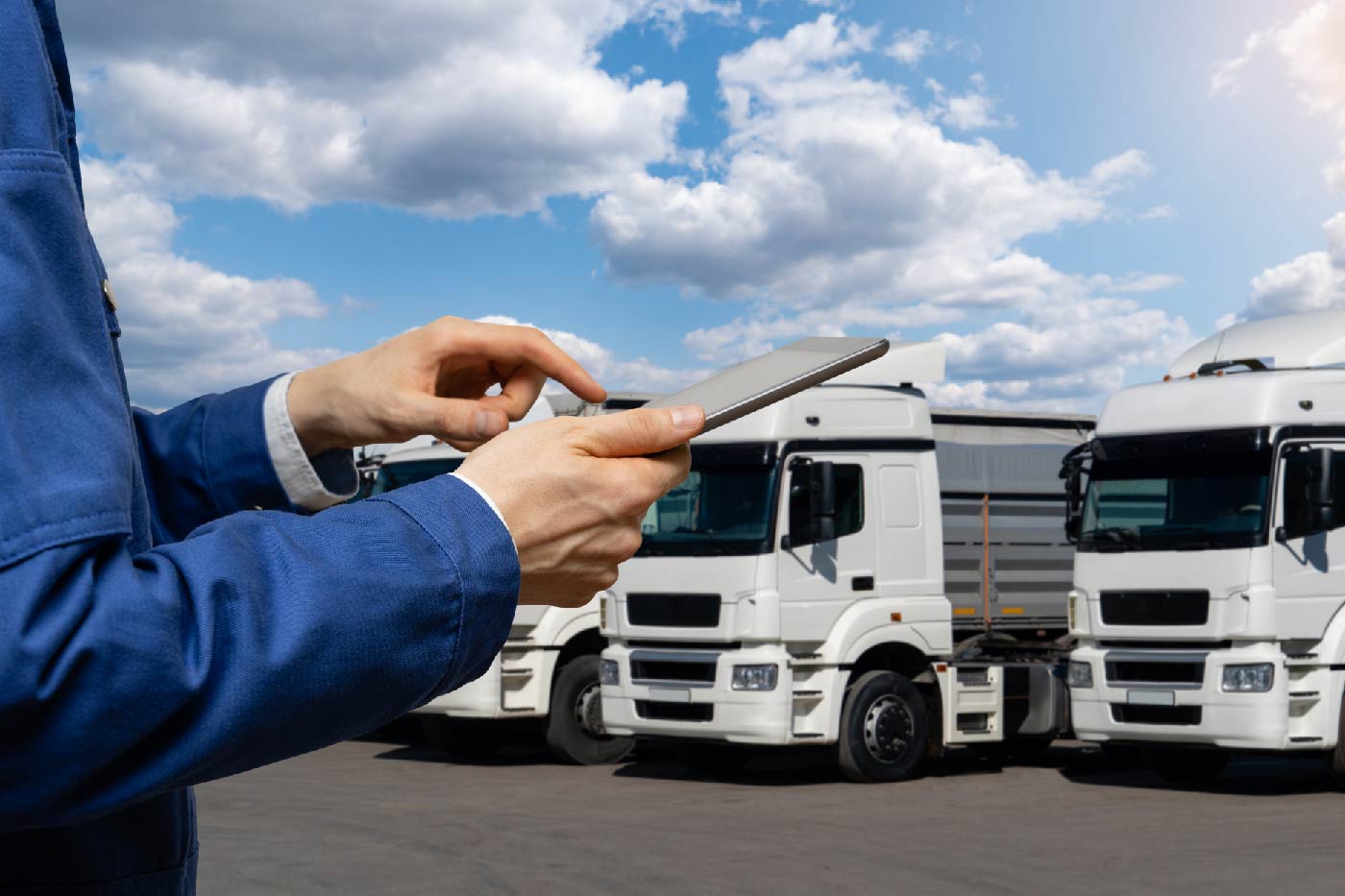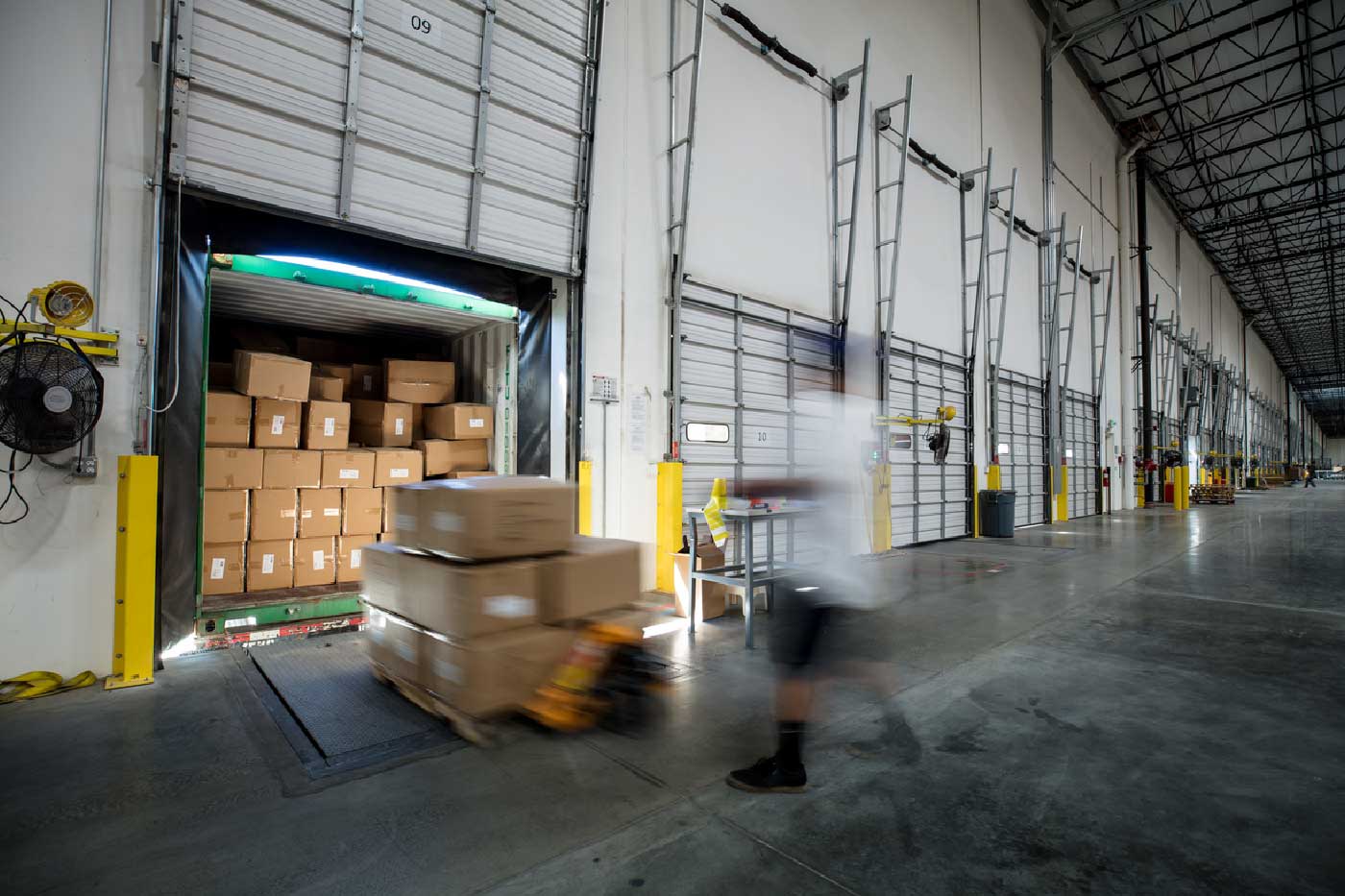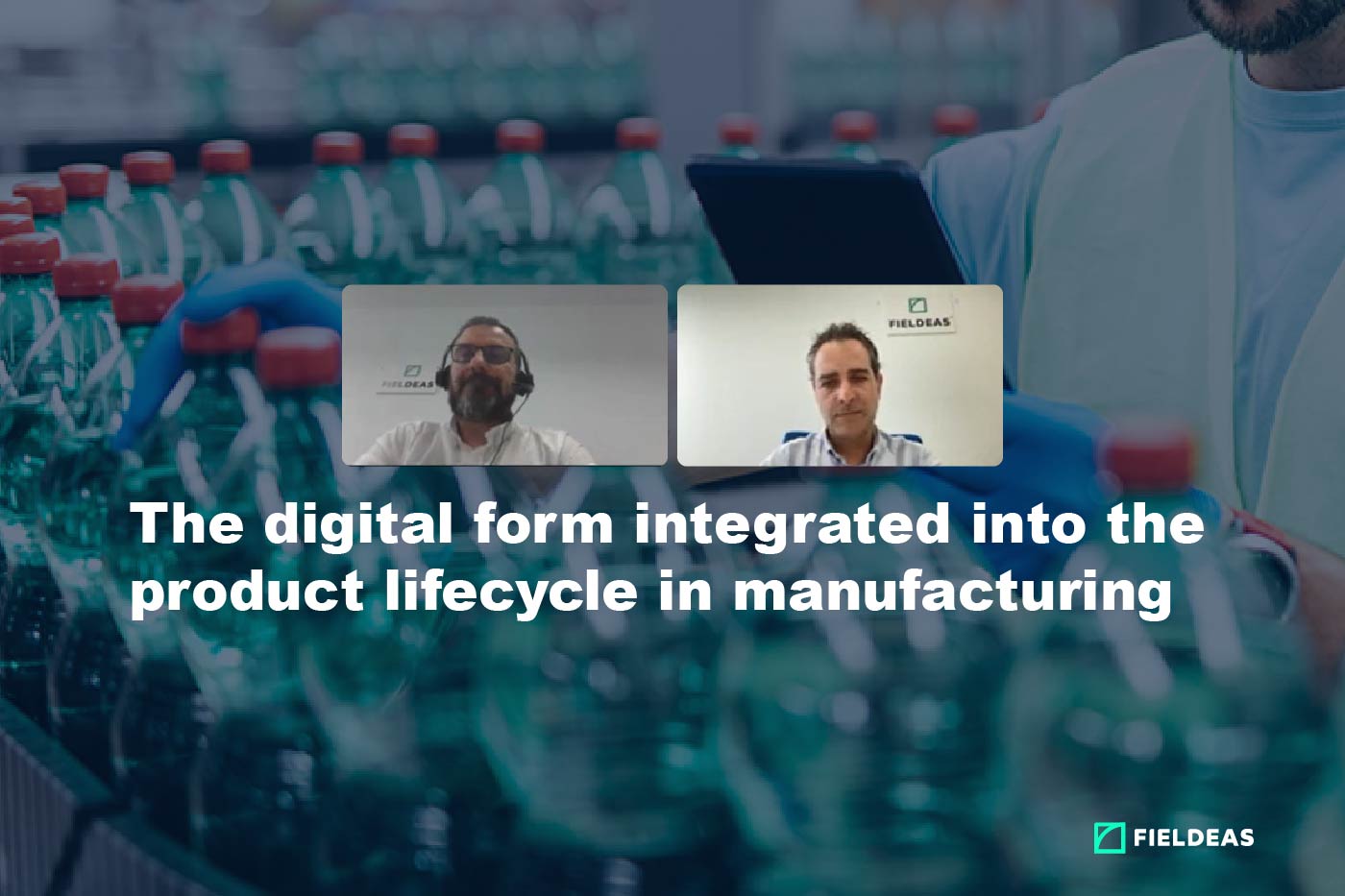In recent years, sustainability and digitalization have become two of the most important trends for the present and future of freight transport.
Both lines of work coincide in the increasingly efficient management of transportation services.
In this way, new technologies act as a complement to the advances made by the automotive industry to reduce emissions from heavy vehicle engines, organize shipments, optimize loads and improve operations.
With increasingly less polluting engines and the technological plus brought about by digital transformation, freight transport moves to a new level and is no longer a simple activity to move a load from point A to point B, but is radically transformed into a value-adding link in the supply chain.
The goal is for the more than 65 million heavy-duty vehicles currently on the road to achieve carbon neutrality by 2050, compared to the 2.5% of total CO2 emissions they currently account for.
However, this ambitious goal is easier to achieve in some segments of transportation activity than in others.
Thus, for example, while in the field of urban distribution and regional transport much progress has been made in electrification, in the field of long-distance heavy transport, technological solutions that are alternatives to diesel are not yet mature.
For this reason, it is in this segment that technology is called upon to make great contributions, especially through a substantial improvement in the competitiveness of heavy goods transport over long distances.
Achieving sustainable transport through digitization
In the last year, transportation has proven to be a key element in getting goods to their destination markets in a timely and marketable manner.
Without a transportation service that supplies demand at the right times, the best production systems are simply factories that do not have the capacity to reach consumers.
For this reason, it is important for transportation to evolve in order to continue fulfilling an essential mission, while incorporating other high value-added functions.
To achieve this, first and foremost, transportation must become more environmentally friendly. Transport companies are the first to be interested in achieving more sustainable services, in line with the ambitious environmental responsibility policies of their customers, who are increasingly concerned about accurately measuring their carbon footprint and introducing measures aimed at achieving carbon neutrality in the medium term.
However, technological developments in heavy-duty vehicles do not yet allow for viable alternatives to the current efficient diesel engines, so that improvements in emission reductions must come from a combination of choosing the least polluting trucks, the most efficient driving techniques and the use of new technologies. to achieve this performance improvement with less fuel consumption and, therefore, lower pollutant emissions, which can become a major competitive advantage.
In this sense, new technologies can provide a plus when it comes to achieving:
- More efficient fleet management,
- Predictive maintenance of vehicles,
- Optimization of transport operations
- and significant administrative improvements.
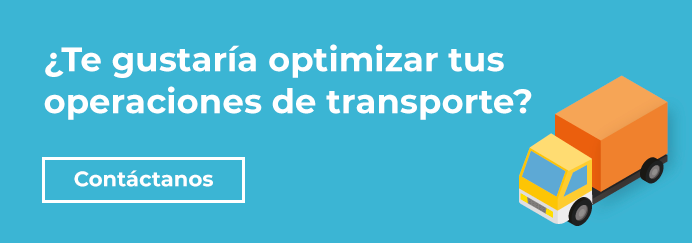
How paperless can help make transportation more sustainable
In the latter respect, new technologies make it possible to carry out a paperless paperless transport.
Right from the start, the elimination of paper in documentation is an important sustainability measure, with significant spin-offs involving improvements in document management and in the invoicing of transport services.
In addition, the digitization of documentation helps to provide more accurate and integrated traceability and visibility systems throughout the supply chain.
However, the use of electronic documentation in road freight transport is far from being a common reality. Recent data from the European Commission estimate that digital documentation is used in 12% of international road transport services.
In the face of this, the use of electronic documentation is commonplace and fully accepted in air cargo.
The Commission’s work points out that the main barrier to digitizing documentation in road transport is related to the lack of acceptance of these records by the authorities.
Similarly, the lack of a homogeneous legal framework throughout the Union is another of the main problems preventing the massive use of paperless transport.
On the other hand, it is precisely the elimination of bureaucratic barriers, the reduction in the use of paper and faster administrative procedures that are the main advantages that carriers see for paperless transport.
In addition, carriers and customers also point to the ease with which these electronic documentation systems can be integrated into the flow of visibility and traceability information that flows throughout the supply chain as another particularly significant advantage.
In this way, transportation is no longer a blind spot for end-to-end supply chain visibility and drives productivity and efficiency to new heights.
In particular, the digitization of documentation offers great improvements:
- Facilitates access to documents
- Eliminates the need for sufficient space to store physical documentation
- Improved reliability in the preparation and collation of documentation
- Facilitates the transport of documentation and its handover to other actors in the supply chain
One of the crucial aspects for a more massive use of electronic documentation, as mentioned above, is related to the legal guarantees that electronic transport documentation must offer.
FIELDEAS Track and Trace offers legal guarantees in electronic transport documentation
In this regard, FIELDEAS Track and Trace integrates in its eCMR an electronic signature and digital delivery note system with full legal guarantees, easy to implement and use.
In this way, some of the main barriers to the use of electronic documentation in transportation can be overcome.
FIELDEAS Track and Trace opens the door to more efficient, more productive, more digital, more connected and more sustainable transportation.
